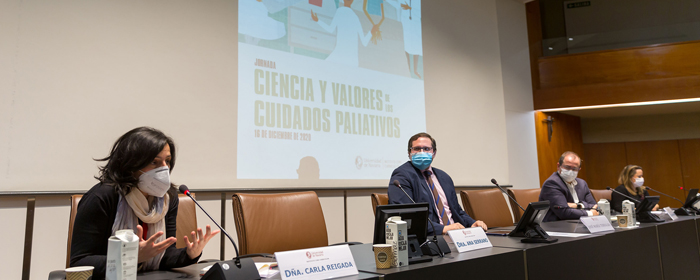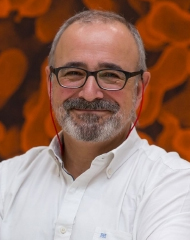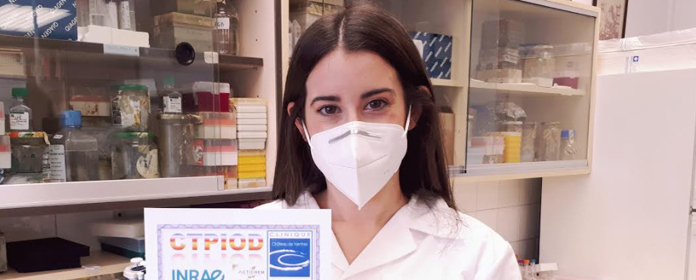Adult stem cells effective in the treatment of peripheral vascular disease
This finding is part of a research of the University Clinic of Navarra, the CIMA and the Catholic University of Leuven (Belgium).
A research carried out at the University Clinic of Navarra, the CIMA of the University of Navarra and the Catholic University of Leuven (Belgium) has shown that a subject of adult stem cells from bone marrow is effective in treating peripheral vascular disease.
This ailment consists of the obstruction of blood circulation in one part of the body. As a result, the artery supplying it becomes clogged and can lead to tissue necrosis, gangrene and even the loss of the affected limb.
In general, the disease causes loss of vascularization and musculature in the damaged part, problems on which the study carried out by the three centers has focused. "Our goal -says Felipe Prósper, director of area of Cell Therapy at the University Clinic and CIMA- consisted of comparing the activity of two different populations of stem cells in the regeneration of vascular and muscular tissues". On the one hand, the specialist explains that they used MAPC cells, capable of proliferating and differentiating into multiple tissues; and on the other hand, mononuclear cells, which include stem cells and already differentiated cells.
According to the physician, "the result obtained shows that undifferentiated adult stem cells are more effective than mononuclear cells, as they contribute to increasing the number of arteries and veins generated in the new tissue, while improving muscle regeneration". On the other hand, when the transplanted cells have already been pre-differentiated, the specialists have discovered that in the long term deadline fibrosis increases in the treated tissues. They therefore warn that caution should be exercised in the use of mononuclear bone marrow cells for this application.
In addition, work of the three centers also analyzes the mechanisms that contribute to the regenerative capacity of the different cell sources, while studying in detail their engraftment capacity.
Cell populations from humans and mice were used for the research . In both cases, Dr. Prósper assures that they obtained the same Degree efficacy, "which means that the cultures used are overlapping: they achieve identical benefits".
These findings were recently published in The Journal of Clinical Investigation. The first author of article is Xabier López Aranguren, PhD in Biology at the University Clinic and CIMA of the University of Navarra, and the conclusions of the research are part of a line of analysis opened from his thesis doctoral thesis.





